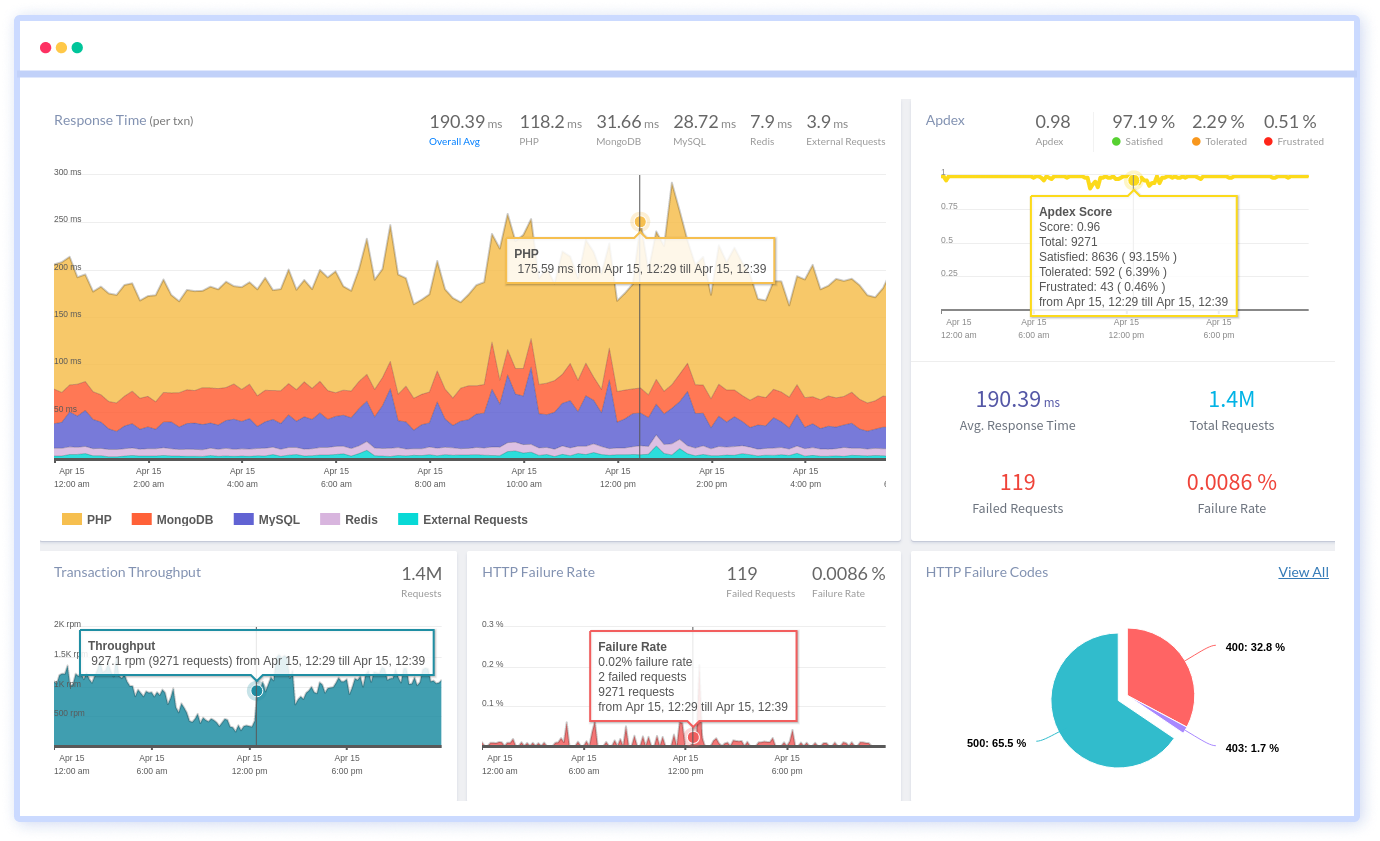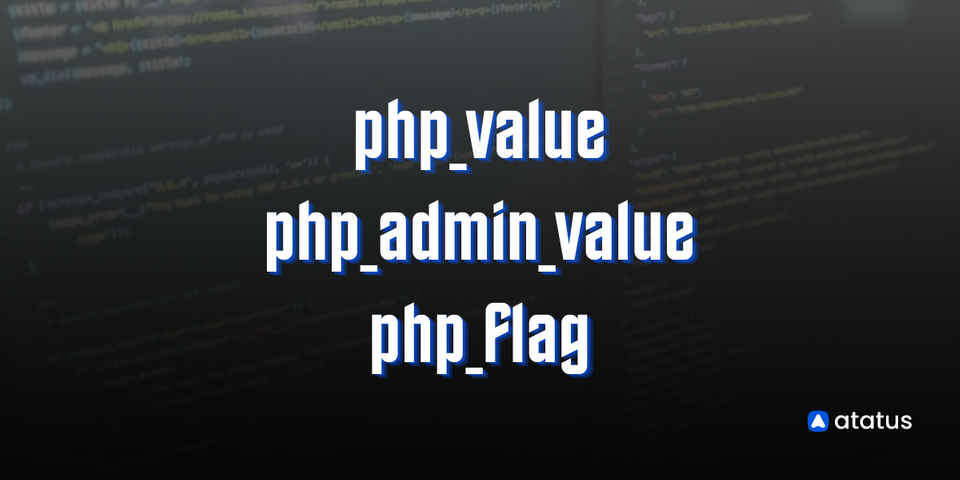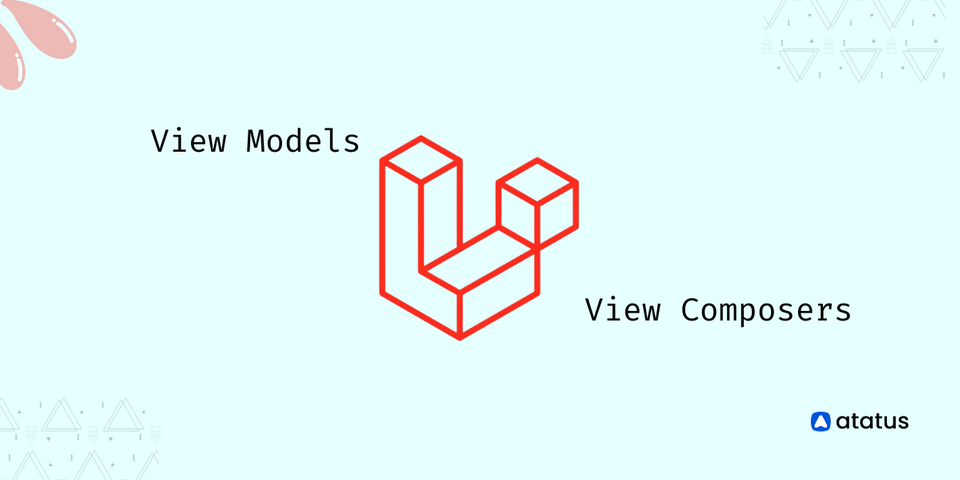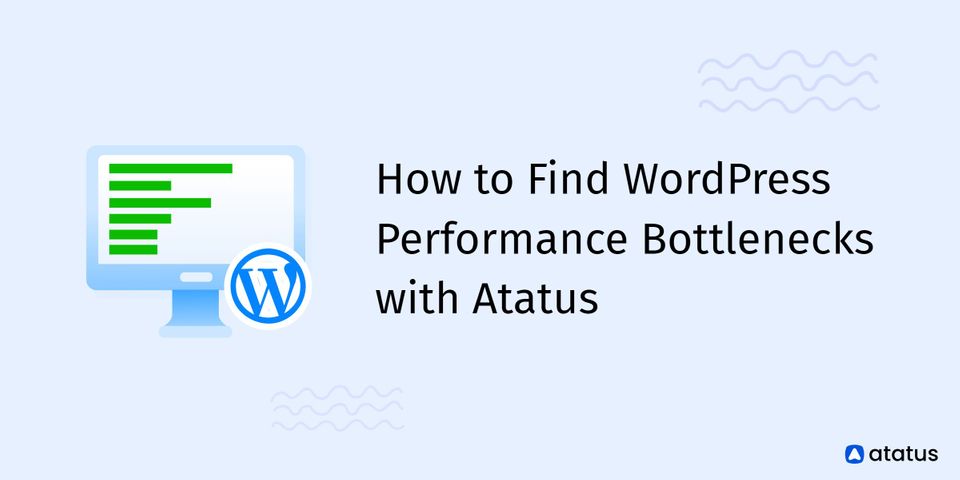PHP, the server-side scripting language, serves as the backbone for a vast array of websites and web applications across the internet. Renowned for its versatility and user-friendliness, PHP empowers developers to create web solutions that cater to their specific needs. Yet, PHP's true potential doesn't solely reside in its coding syntax; it also hinges on the capacity to adjust its behavior to suit diverse applications.
The gateway to this level of customization lies in PHP configuration settings. Whether you're crafting a personal project or overseeing a sophisticated web application, comprehending the nuances of PHP configuration is pivotal.
In this blog post, we'll embark on a comprehensive exploration of three pivotal directives— php_value, php_admin_value, and php_flag. These directives empower you to shape PHP settings to your advantage, delivering optimized performance, enhanced security, and tailored functionality to your web projects.
- php_value - Customizing PHP Settings
- php_admin_value - Global PHP Configuration
- php_flag - Enabling or Disabling Features
- When to Use Each Directive
php_value - Customizing PHP Settings
Customizing PHP settings is a fundamental aspect of managing web applications. PHP offers various configuration options that dictate its behavior during runtime. To fine-tune these settings at a granular level, the php_value directive comes into play.
At its core, php_value empowers you to establish specific PHP configuration values for a particular directory or file. This means you have the flexibility to override global PHP settings, which are applied server-wide, and cater to the distinct needs of various segments within your application. Let's delve deeper into the nuances of working with php_value:
1. Directory-Specific Customization:
php_value is typically employed within a .htaccess file in a specific directory. This empowers you to apply different PHP settings to different sections of your application. For example, in a development directory, you might opt to activate debugging features, while in a production environment, you'd prefer to keep them disabled.
2. Configuring Specific Values:
With php_value, you can adjust a diverse range of PHP configuration options. This includes the ability to control error reporting, fine-tune memory limits, specify time zone preferences, and much more. Consider the following example:
<Directory /path/to/your/directory>
php_value display_errors 1
</Directory>In this instance, we've set the `display_errors` configuration option to '1', instructing PHP to reveal error messages when an issue arises.
3. Practical Applications:
php_value shines when you require precise adjustments to PHP's behavior within a specific context. Common use cases involve tailoring error reporting, establishing custom PHP variables, tweaking execution time limits, and managing the display of error messages.
Nevertheless, exercising caution is essential when implementing `php_value`. Avoid exposing sensitive information or enabling insecure options in directories under user control. Take a thoughtful approach to your use cases, considering the security implications of your choices.
php_admin_value - Global PHP Configuration
In the realm of PHP configuration management, there are occasions when you need to establish unchanging, overarching PHP settings that are impervious to local alterations. This is where the php_admin_value directive emerges as a powerful tool.
php_admin_value enables you to set PHP configuration values that exert authority on the entire server or virtual host level, prevailing over any local modifications attempted within individual directories or files through .htaccess. Here, we delve into the key facets of leveraging php_admin_value:
1. Command over Global Configuration:
At its core, php_admin_value empowers you to define PHP configuration values at the server or virtual host level, ushering in uniformity across all directories and files falling under that server or virtual host umbrella. This level of dominion proves particularly valuable for upholding specific configurations essential for security and consistency.
2. Impervious to Local Overrides:
Unlike php_value, php_admin_value stands immune to local overwrites. Regardless of the attempts made in individual directories or files to alter the same configuration setting, the global directive set via php_admin_value remains supreme. This characteristic renders it an excellent choice for safeguarding vital configurations against inadvertent alterations.
3. Illustrative Use Cases:
Consider the following example that demonstrates the application of php_admin_value:
<VirtualHost *:80>
ServerName example.com
DocumentRoot /var/www/html
php_admin_value display_errors Off
</VirtualHost>In this instance, the display_errors configuration option is firmly set to 'Off' for all PHP scripts within the example.com virtual host. Any endeavors to activate error reporting within specific directories or files within this virtual host are futile.
4. Application Scenarios:
php_admin_value is well-suited for enforcing configurations that must retain a uniform and unwavering stance across the entire server or virtual host. Typical scenarios encompass security-related settings, such as disabling error displays, fine-tuning performance parameters, or ensuring consistent character encoding.
Prudent handling of php_admin_value is essential, as it imparts server-wide settings that can impact multiple applications. Thus, a thorough comprehension of the repercussions of the values you establish, especially in shared hosting environments, is imperative.
php_flag - Enabling or Disabling Features
In addition to the nuanced configuration options offered by php_value and php_admin_value, there are instances where you need to exercise a binary control over specific PHP features, toggling them on or off. This is where the php_flag directive proves invaluable.
php_flag provides a straightforward means to activate or deactivate specific PHP functionalities in a binary fashion. It excels in managing settings with only two possible states, requiring no intricate adjustments. Let's explore the key facets of employing php_flag:
1. Binary Feature Control:
The primary role of `php_flag` is to enable or disable specific PHP features, adopting a simplistic binary approach. It's an ideal choice for managing features that possess only two states. For instance, you can enable or disable features like `register_globals` based on the needs of your application.
2. Minimalistic Syntax:
php_flag is renowned for its minimalistic syntax. You specify the feature you wish to regulate and set it to "On" or "Off" as required. Consider the following example:
<Directory /path/to/your/directory>
php_flag register_globals Off
</Directory>In this instance, we've deactivated the `register_globals` feature within the designated directory. This action ensures that user input is not automatically converted into global variables, thereby enhancing the security of the application.
3. Practical Applications:
php_flag is most effective when dealing with settings that have only two states, rendering fine-tuned adjustments unnecessary. Common scenarios include the management of `register_globals`, the deactivation of magic_quotes_gpc, or the activation of short_open_tag.
Nevertheless, exercising caution with `php_flag` is imperative. Enabling or disabling specific features can have profound implications on both the functionality and security of your application. Therefore, it's vital to fully comprehend the consequences of your choices before implementing changes.
When to Use Each Directive
Knowing which directive - php_value, php_admin_value, or php_flag - to use in your PHP configuration is essential for effectively managing your web application. Each directive has a specific purpose and is best suited to particular situations. Let's delve into the scenarios where each directive shines:
1. php_value:
- Customizing Specific Settings: Utilize
php_valuewhen the need arises to customize particular PHP configuration settings for a specific directory or file. - Fine-tuned adjustments: This directive excels in making precise adjustments tailored to the unique requirements of a specific segment of your application.
- Examples: Enabling or disabling error reporting, altering memory limits, or establishing custom PHP variables are tasks well-suited for
php_value. - Note of Caution: Exercise caution to avoid exposing sensitive information or enabling insecure options in directories under user control. Carefully evaluate use cases and potential security implications before implementing
php_value.
2. php_admin_value:
- Universal Configuration Management: Opt for
php_admin_valuewhen the objective is to institute immutable, global PHP configurations that impact the entire server. - Security and Consistency: It shines in enforcing critical configurations related to security, performance, or ensuring uniformity.
- Examples: Common use cases include deactivating error display, fine-tuning performance parameters, and ensuring consistent character encoding using
php_admin_value. - Heed the Caution: Use this directive with care, as it imposes server-wide settings that can have far-reaching effects across multiple applications. Thoroughly understand the implications of the values you set, particularly in shared hosting environments.
3. php_flag:
- Binary Feature Control: Opt for
php_flagwhen the objective is to enable or disable specific PHP features in a straightforward on/off fashion. - Simplicity and Clarity: It's the perfect choice for settings with only two possible states, requiring no nuanced adjustments.
- Examples: Managing
register_globals, deactivatingmagic_quotes_gpc, or activatingshort_open_tagare typical scenarios wherephp_flagis effective. - Word of Caution: Exercise caution when modifying feature settings, as it can significantly impact your application's functionality and security. Always consider the consequences of feature changes.
The selection of the appropriate directive — php_value, php_admin_value, or php_flag — hinges on your specific requirements and goals. Whether you are customizing settings for a particular directory, enforcing global configurations, or toggling specific features on or off, comprehending the strengths and limitations of each directive is vital for proficient PHP configuration management. Always contemplate the context, ramifications, and security aspects when implementing these directives to guarantee optimal performance and security for your PHP applications.
Conclusion
PHP configuration stands as a crucial component of effective web application management, and the ability to navigate the php_value, php_admin_value, and php_flag directives can significantly impact your success. These directives serve as powerful tools for fine-tuning PHP settings, bolstering security, and optimizing the performance of your applications.
By gaining proficiency in the skill of utilizing these directives to their full potential, you can customize your PHP environment to meet your specific requirements. This not only boosts the performance of your web applications but also fortifies their security.
In the realm of web development, a deep understanding of PHP configuration is a valuable asset. The key message is to select the appropriate directive that aligns with your needs. These tools, when utilized thoughtfully, empower you to craft more secure, efficient, and functional PHP applications.
As you journey through the world of PHP development, remember to maintain these directives in your repertoire, applying them strategically to your advantage. With the right configurations in place, your PHP-driven applications can attain their utmost potential, delivering outstanding user experiences while guaranteeing the security and reliability of your web projects.
Atatus: PHP Performance Monitoring and Error Tracking
Atatus is an Application Performance Management (APM) solution that collects all requests to your PHP applications without requiring you to change your source code. However, the tool does more than just keep track of your application's performance.
Atatus PHP monitoring, tracks and provides real-time notifications for every error, exception, and performance problem that occurs within the application. .

By tracking KPIs such as response times, throughput, HTTP failure rates, and error rates, it can help users identify and address any performance issues before they impact the application's users.
Furthermore, Atatus supports multiple PHP framework such as WordPress, Magento, Laravel, CodeIgniter, CakePHP, Symfony, Yii and Slim making it an adaptable tool that can be used to monitor applications across different frameworks and platforms.





